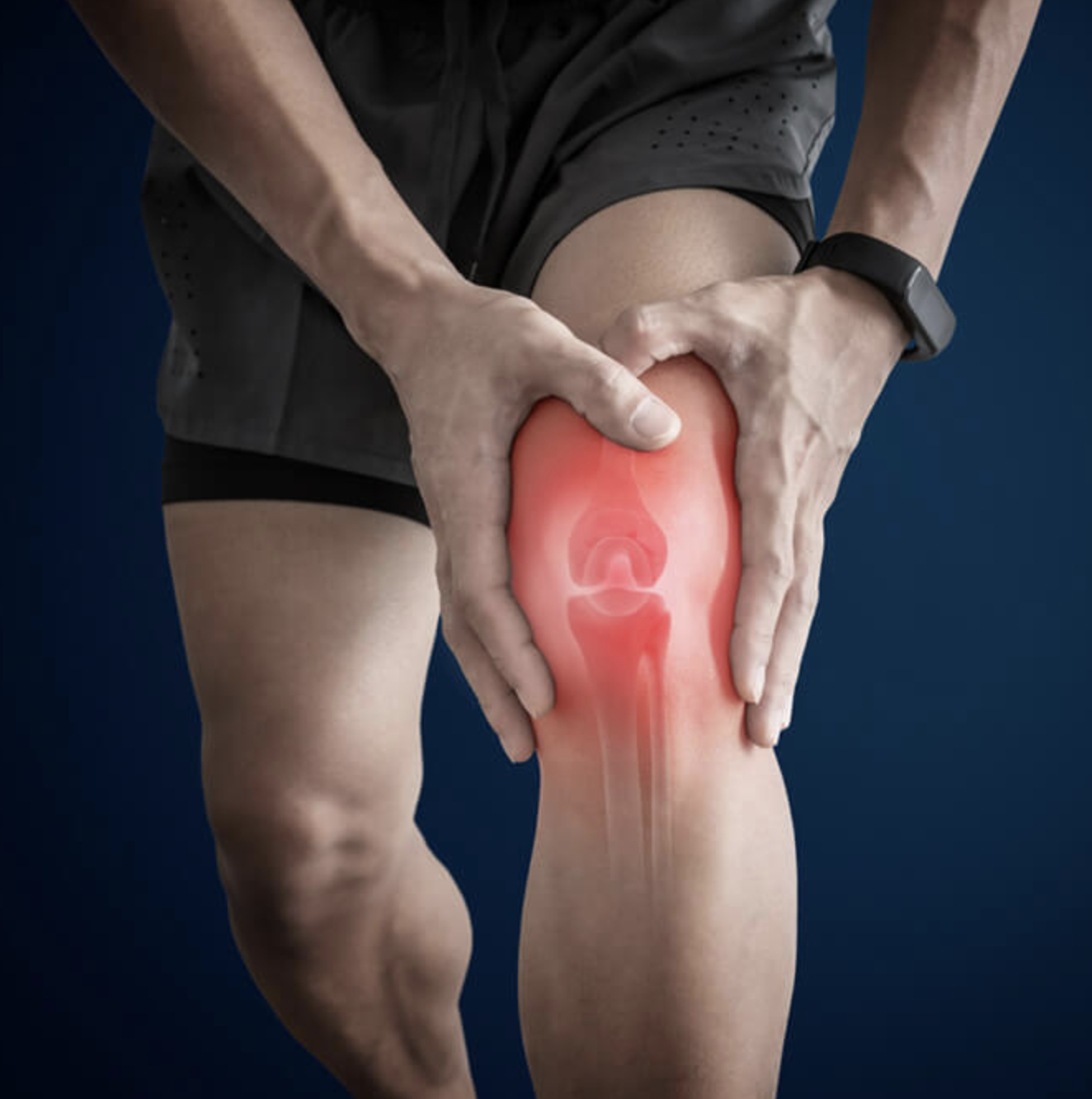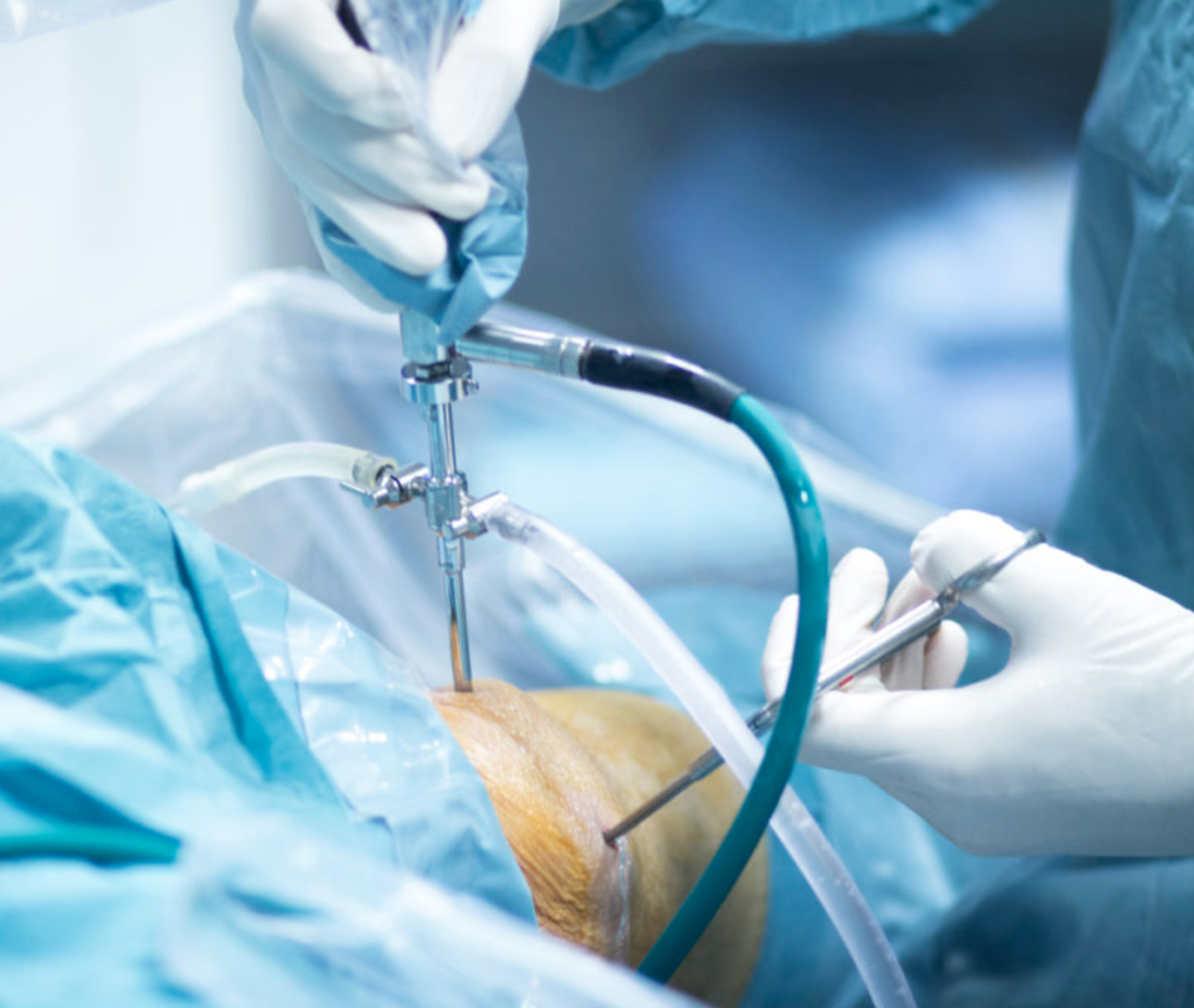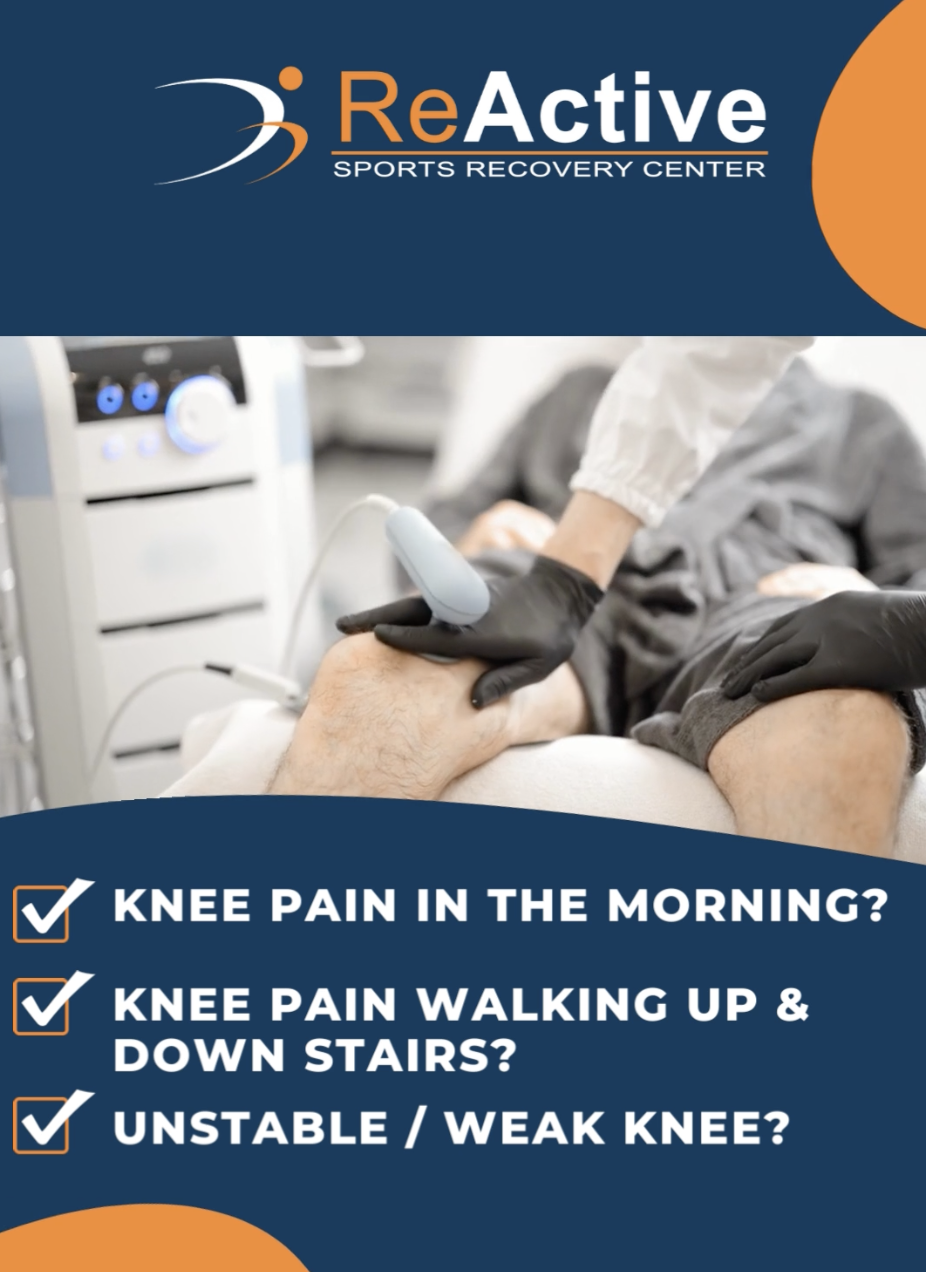Knee Pain
What is causing my knee Pain? : Understanding, Preventing & Treating Knee Pain

Knee pain affects almost all of us in some point in our lives, interfering with our daily activities, mobility, and overall quality of life.
Whether you’re an athlete, an active individual, or simply going about your daily routine, knee pain is something that can affect anyone.
common causes of knee pain
Knee injuries can occur due to sudden impact, overuse, or sports-related activities. Common knee injuries include :
- Anterior cruciate ligament (ACL) tear
- Meniscus tears : tough, rubbery cartilage that acts as a shock absorber between your shinbone and thighbone
- Fractures
- Patellar tendonitis : inflammation of the tendon connecting the kneecap to the shinbone
- Knee bursitis : inflammation in the bursae, the small sacs of fluid that cushion the outside of your knee joint so that tendons and ligaments glide smoothly over the joint.
Osteoarthritis is a degenerative joint disease that commonly affects the knees. It occurs when the protective cartilage in the joint wears down over time, leading to pain, stiffness, and swelling. Most commonly seen in old age or after direct injury to the knee cartilages.
Tendenitis refers to inflammation of the tendons around the knee joint. It can be caused by repetitive activities, such as running or jumping, that put stress on the tendons. Patellar tendenitis, also known as jumper’s knee, is a common type of tendenitis affecting the tendon below the kneecap.
This condition involves pain around the front of the knee, specifically behind or around the kneecap (patella). It is often caused by imbalances in the muscles around the knee or misalignment of the patella.
The iliotibial band is a thick band of tissue that runs along the outside of the thigh, from the hip to the shinbone. IT band syndrome occurs when this band becomes tight or inflamed, causing pain on the outer side of the knee.
Gout is a form of arthritis characterized by the buildup of uric acid crystals in the joints, leading to sudden and severe joint pain. The knee joint can be affected by gout.
Preventing Knee Pain:
Prevention is key. Consider implementing these strategies to reduce the risk of knee pain:
- Strengthening exercises: Focus on building strength in the muscles around the knees, such as quadriceps and hamstrings, to provide better support and stability.
- Proper form and technique: Practicing proper form and technique can help minimize undue stress on the knees.
- Warm-up and cool-down: Prioritize a dynamic warm-up routine to prepare the knees for activity and incorporate a proper cool-down to help prevent stiffness and promote recovery.
The Role of Physical Therapy:
Physical therapy plays a crucial role in both preventing and treating knee pain. In our center, we can :
- Assess and diagnose: Through a comprehensive evaluation, we can identify the underlying causes of knee pain and develop a personalized treatment plan for you.
- Strengthen and stabilize: Our physical therapy sessions involves targeted exercises to strengthen the muscles around the knee joint, enhancing stability and reducing pain.
- Improve flexibility and range of motion: Our techniques of stretching, joint mobilization, and manual therapy can help improve knee flexibility and increase the range of motion.

Injections / Arthroscopic surgery :
In some cases, knee pain may require various injections or more advanced interventions such as arthroscopic surgery.
- Injections: In certain cases, injections of corticosteroids, hyaluronic acid, or platelet-rich plasma (PRP) may be used to provide pain relief, reduce inflammation, and support the healing process.
- Arthroscopic surgery / Key hole surgery: This minimally invasive procedure involves using a tiny camera (arthroscope) to visualize and treat various knee conditions, such as repairing ligament tears (ACL/PCL/Meniscus tear) or removing damaged cartilage.
Rehabilitation and Recovery:
Following surgery or injections, rehabilitation is crucial to ensure optimal recovery and regain knee function. The rehabilitation process may involve:
- Post-operative care: Working closely with our physical therapist to gradually restore knee strength, mobility, and stability, often through a combination of exercises, manual therapy, and other specialized techniques like targeted Radio Frequency Therapy and Lasers.
- Progressive rehabilitation: As healing progresses, our rehabilitation program will adapt, incorporating activities like balance training, agility exercises, and functional movements to help restore normal knee function.
Knee pain can be disruptive, but with the right knowledge and proactive measures, you can conquer it.
Don’t suffer in silence – take action today and start living a pain-free life!
Book an appointment with us.



Our location :
Address
4th Floor Benning Building, Arellano Street, Dagupan City
Landmark : Between University of Pangasinan & Region 1 Medical Center
(Opposite of 7Eleven , Arellano )
Parking : Ground level & basement
Elevator : Available
Wheelchair accessible building
info@dwn.gautama.com.np
Phone
+63 968 706 1638


